Spinacle | From AI Diagnostics to Cancer Care: The Story of How We Got Here
Chapter 1: The AI Dream – Automating Heart Disease Diagnosis
HEALTHCAREDIAGNOSTICSAI
Santhosh Kumar E
2/3/20252 min read
Spinacle’s Journey: From AI Diagnostics to Insurtech and Cancer Care
(Or, How We Went From Fixing AI Diagnostics to Fixing Health Insurance)
There’s a saying in the startup world: “The plan you start with is never the plan you end up with.”
Boy, did we learn that the hard way?
We began with a simple, noble mission—to help radiologists detect heart disease faster using AI. We believed we could save lives by automating CT angiogram analysis.
But as with every ambitious idea, reality had other plans.
What followed was a wild journey of:
✔ Building an AI product that no one could use (because of data regulations).
✔ Trying to fix healthcare data management (only to find out hospitals aren’t interested in fixing it).
✔ Jumping into health insurance (but realizing insurance is a bureaucratic jungle).
✔ Pivoting into cancer care (because that’s where the real need is).
Somewhere along the way, we stopped trying to fight the system and started solving real problems within it.
This is the story of Spinacle’s journey—a tale of struggle, learning, and an accidental revolution in cancer care.
Chapter 1: The AI Dream – Automating Heart Disease Diagnosis
Like most tech startups, we started with a problem:
💡 CT angiograms take way too long to analyze.
For those who aren’t radiologists, a CT angiogram is a special type of X-ray used to examine blood vessels in the heart, lungs, brain, and kidneys.
Radiologists manually segment blood vessels from these scans, a process that takes 40 minutes to an hour per case.
COVID-19 caused a surge in heart disease cases, making it even harder for doctors to keep up.
We believed AI could automate this process and help radiologists diagnose patients faster.
And so, Spinacare was born—a cloud-based AI solution that automated blood vessel segmentation.
How Spinacare Worked
1️⃣ Doctors uploaded CT angiograms.
2️⃣ Our AI analyzed and segmented the blood vessels in minutes.
3️⃣ The radiologist simply reviewed the AI’s output and made the final call.
The logic was simple:
🚀 Faster diagnosis = More patients diagnosed = More lives saved.
The Response from Radiologists
Radiologists loved the idea. They were excited about:
✔ Automating a tedious, time-consuming task.
✔ Freeing up time to focus on complex cases.
✔ Using AI to improve accuracy and efficiency.
We even built an MVP and validated it with top radiologists. Everything was looking great.
But then we hit a brick wall. And it wasn’t a small one.
We were about to learn the ugly truth about AI in healthcare.
Coming Next: Chapter 2 – The Data Access Nightmare
(Where we realize that AI is useless if you don’t have enough data to train it.)



